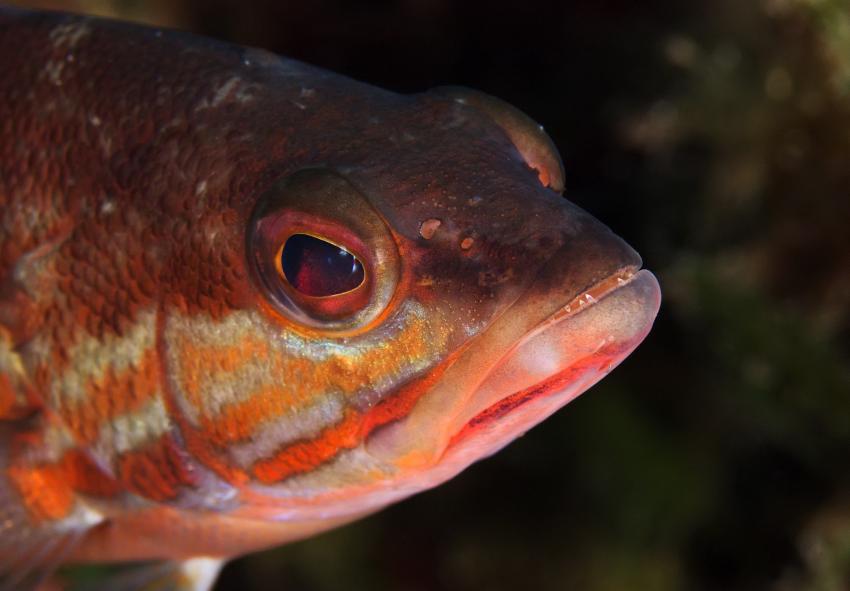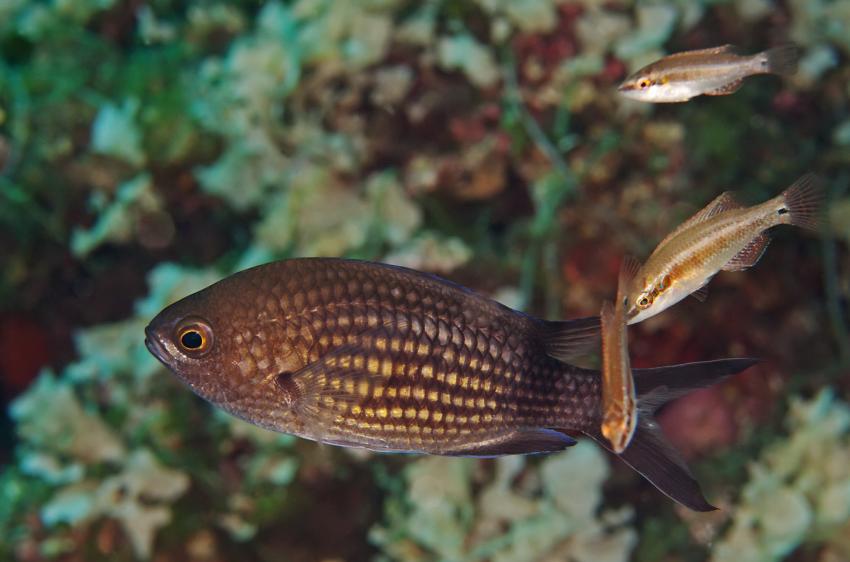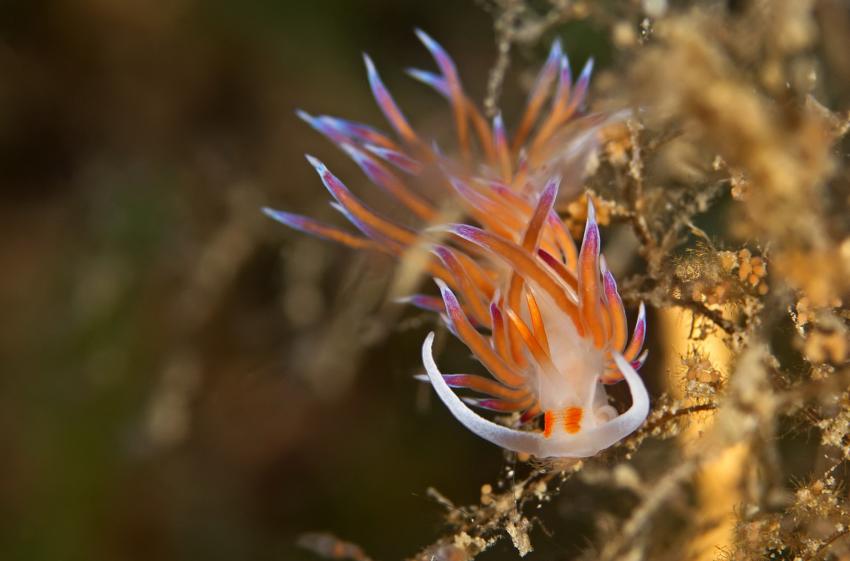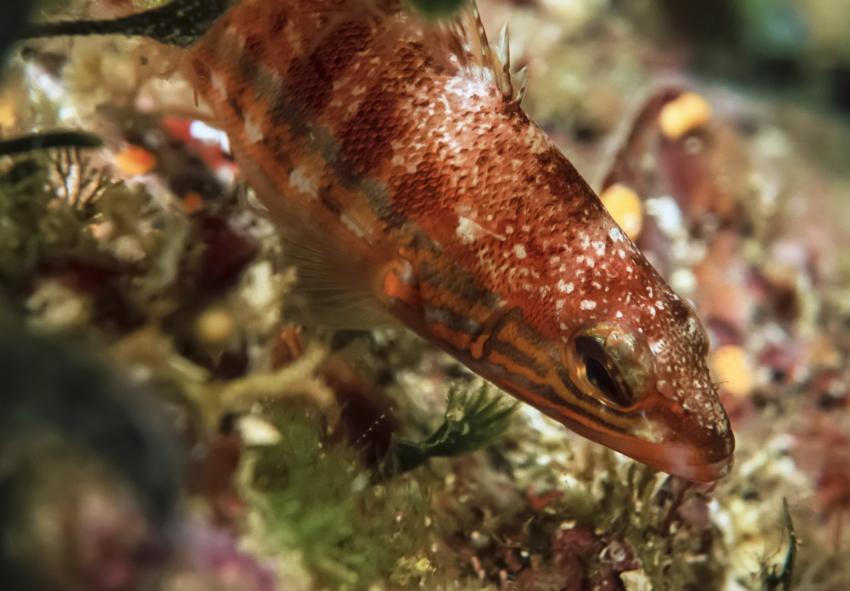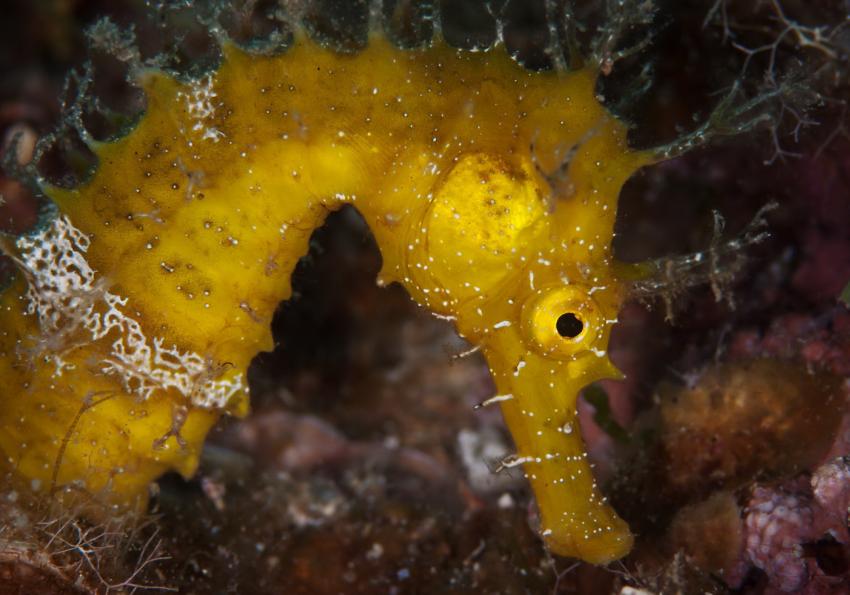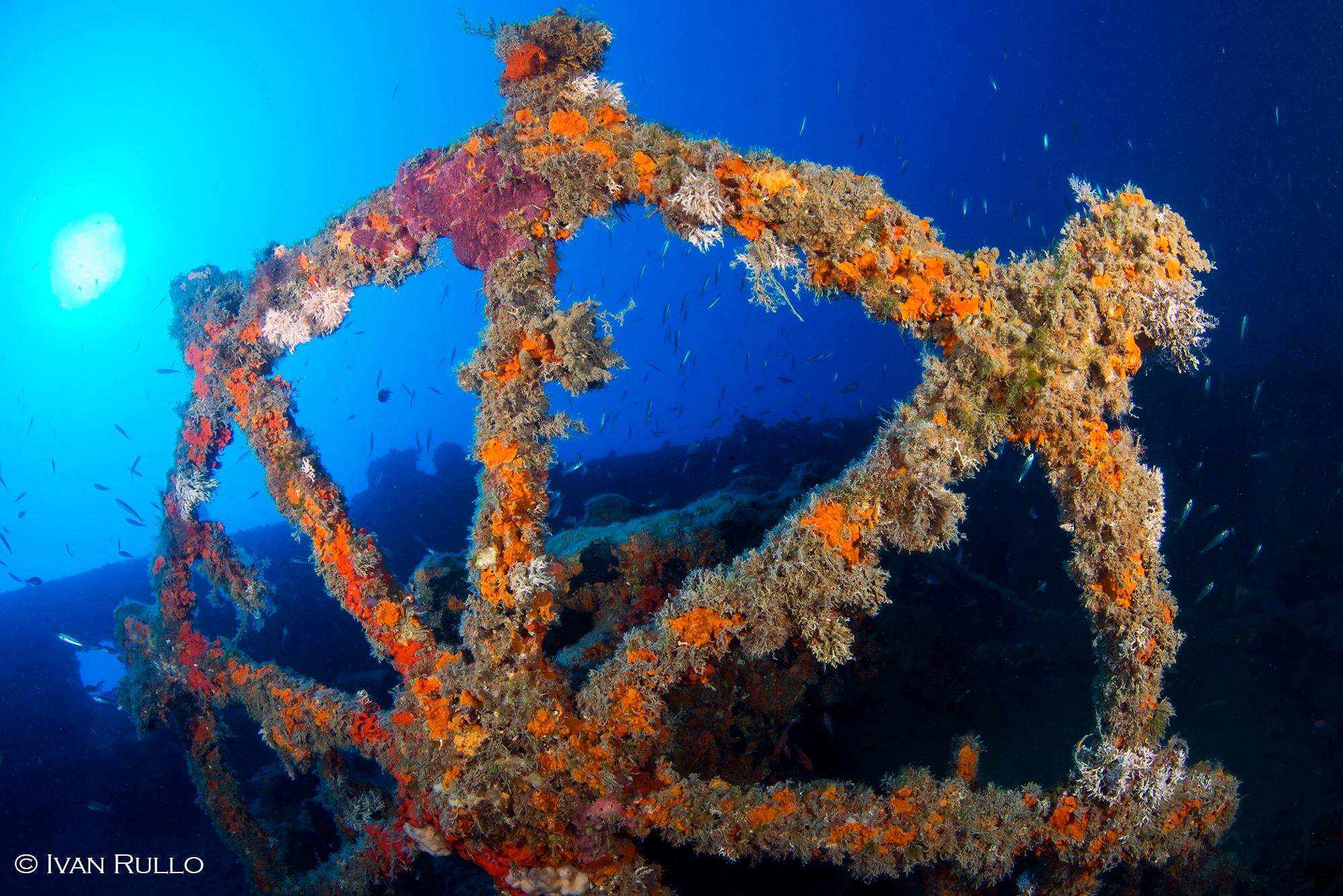
Pasubio
Upcoming departures
Free DAN Insurance to keep your dives covered
Best loyalty program.
60% of divers returns to us
60% of divers returns to us
Best price guarantee
All about Pasubio dive site
Depth max
44 m
Diver level
Advanced
The Pasubio wreck is one of the most fascinating shipwreck of the southern Ionian coast of Calabria. It was a steamer 90 m long, torpedoed by a British submarine and sunk in 1943 off the coast of Roccella Jonica. The wreck lies on the sandy bottom, 44 m deep, slightly skidded on the left flank; the ship’s superstructures begin at the depth of 34 m, while the big propeller is 42/44 m deep. One dive is not enough to explore the entire wreck and usually you need two distinct dives: one from amidships to the bow and another from mid-ship to the stern.
The shipwreck is intact and well preserved. The transom is particularly striking, where there’s, in good conditions, the large steering wheel, at the base of which you can admire an admiralty type anchor. Under the stern, characterized by an imposing tonnage, they are the rudder blade and three-blade propeller, partially driven into the sandy bottom, where often big groupers find their shelter.
The bow is very impressive too, entirely intact, with the two big anchors embedded in the hawse eyes. Anchor chains, well preserved, come still intact until the winch windlass.
This is a very impressive dive, rich in details, during which you can also visit the large holds, that still retain intact their cargo of coal, slightly covered with a thin layer of silt. Only the two big bow’s and stern’s trees are not preserved in elevation: the first one lies collapsed on the holds, the second one sideways between the left flank and the bottom, helping to create shelters and hiding places for many marine species, who have elected this wreck, hidden in the blue of the Ionian Sea, as their headquarter and lair (the content is provided by Megale Hellas Diving Center)
The shipwreck is intact and well preserved. The transom is particularly striking, where there’s, in good conditions, the large steering wheel, at the base of which you can admire an admiralty type anchor. Under the stern, characterized by an imposing tonnage, they are the rudder blade and three-blade propeller, partially driven into the sandy bottom, where often big groupers find their shelter.
The bow is very impressive too, entirely intact, with the two big anchors embedded in the hawse eyes. Anchor chains, well preserved, come still intact until the winch windlass.
This is a very impressive dive, rich in details, during which you can also visit the large holds, that still retain intact their cargo of coal, slightly covered with a thin layer of silt. Only the two big bow’s and stern’s trees are not preserved in elevation: the first one lies collapsed on the holds, the second one sideways between the left flank and the bottom, helping to create shelters and hiding places for many marine species, who have elected this wreck, hidden in the blue of the Ionian Sea, as their headquarter and lair (the content is provided by Megale Hellas Diving Center)
What to see
The presence of fish is indeed remarkable, especially of large groupers, which have made their lair in the wreck, as well as many shoals of amberjacks, sea breams and salema porgy. The wreck structures, as well as being surrounded by thick clouds of anthias, are totally covered with benthic organisms and sessile sponges, tunicates, algae, including hovering nudibranchs, crustaceans and echinoderms
